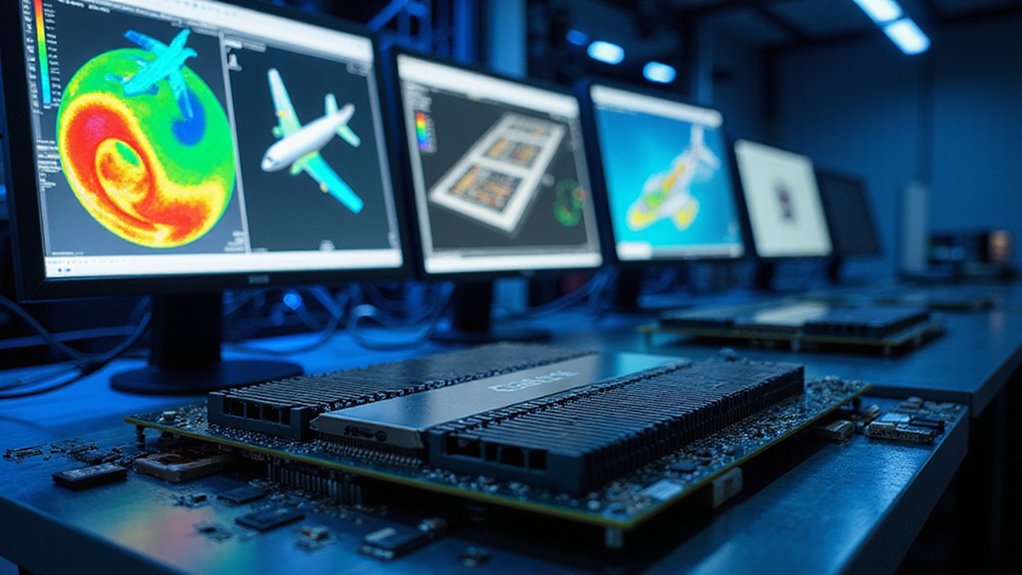The U.S. Army has revealed a groundbreaking antenna design that dramatically improves network speed while using 90% less power. This lightweight, portable system features advanced materials like graphene and smart steering algorithms. It operates across multiple frequency bands, including Ka-band and EHF. Soldiers can now deploy reliable communications in challenging environments with minimal energy requirements. The technology represents a significant advancement for military operations where both connectivity and power conservation are critical.
As engineers reveal their latest innovation, a groundbreaking antenna design is transforming how networks operate worldwide. The military has developed a multi-band antenna system that dramatically boosts network speed while reducing power requirements by nearly 90%. This technological leap utilizes advanced materials like graphene to create a lightweight yet powerful communication tool.
The new antenna supports a wide frequency range, including Ka-band and EHF communications, allowing it to work with various satellite systems. Its active steering algorithms boost throughput by 20-45% even in challenging conditions. This means soldiers in remote locations can maintain reliable connections despite environmental obstacles.
Weight reduction is a key achievement of this design. The antenna system is 80% lighter than traditional models, making it easily portable via small vehicles, helicopters, or even by hand in transit cases. This portability doesn’t come at the expense of performance – the system still enables multi-megabit-per-second communications via military satellites.
Power consumption has been dramatically reduced through efficient design and smart algorithms. The antenna selects ideal radiation patterns, minimizing energy lost during transmission. This efficiency extends battery life and makes field operations more sustainable. The GATR Antenna’s spherical inflatable design provides stability in winds up to 60 mph while maintaining operational effectiveness.
The versatility of this technology is impressive. It supports military, commercial, and IoT applications, including wearables and tactical equipment. It’s built to operate in extreme environments, offering resistance to corrosion and other harsh conditions. The system works seamlessly with both legacy equipment and modern network architectures.
Flight tests have shown the antenna maintains consistent connectivity across complex network infrastructures. Tests with the AMCAS antenna demonstrated that it outperformed anticipated results during various look-angle evaluations. It can connect ground nodes and enhance dynamic communications in rapidly changing environments. The large-aperture designs support high-throughput requirements, meeting advanced mission needs like space-to-ground communications.
This breakthrough represents a significant advancement in communication technology, offering faster speeds, lower power requirements, and enhanced mobility for military operations and potential civilian applications.









